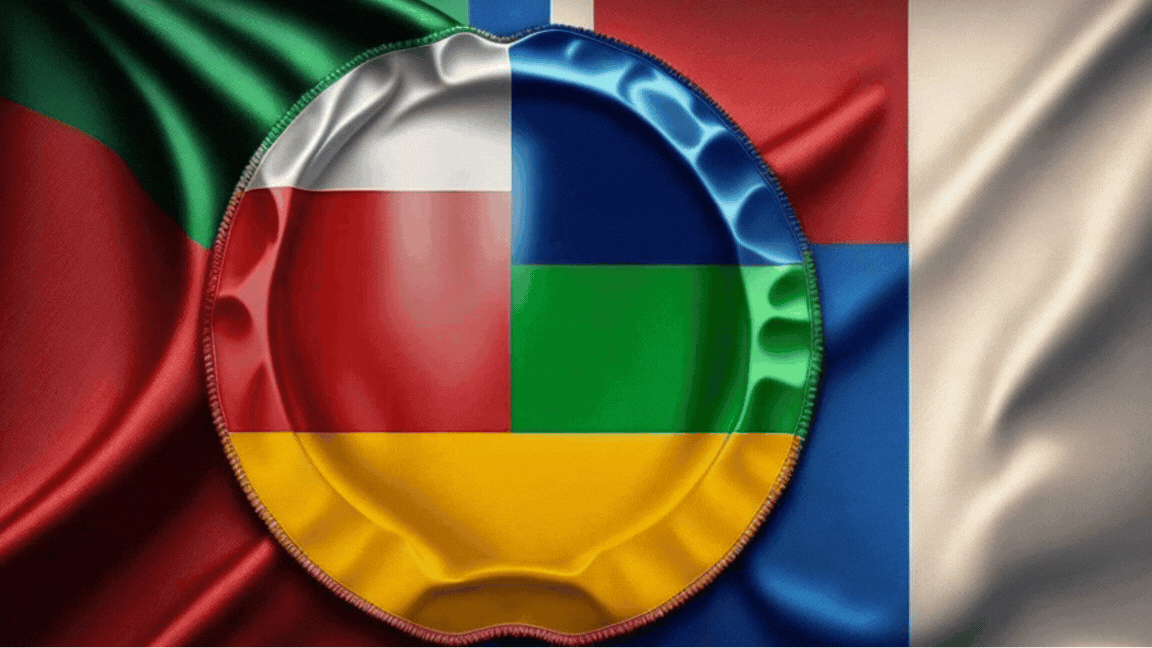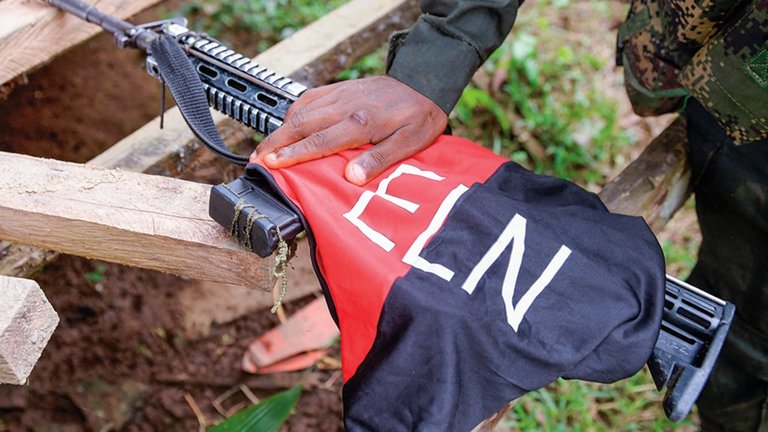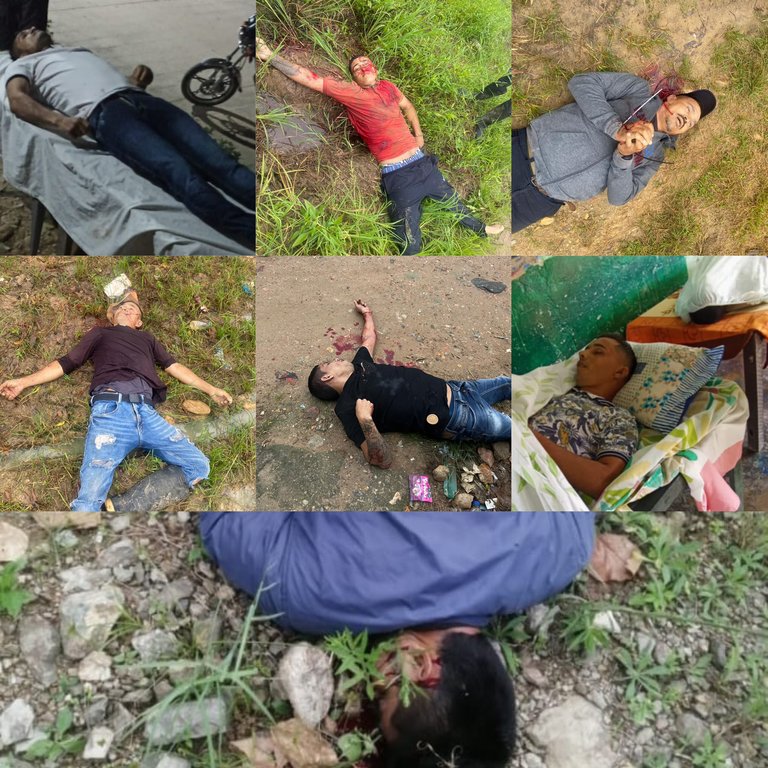
Yesterday we reported on the beginning of a very tense situation in the troubled Colombian region of Catatumbo, in the department of Norte de Santander, where abundant coca paste is produced, mainly destined for neighboring Venezuela. Blood does not stop flowing there in any season of the year, but the escalation of violence in the last hours has made it go out of its “natural” course, with 30 dead so far attributed to a fierce fight between the dissidents of the FARC-EP and the National Liberation Army (ELN in Spanish). Two armed groups that emerged in leftist garb more than 60 years ago have become a nightmare for Colombian society, trapped in an internal armed conflict with deaths still to be counted and identified. The FARC-EP and the government of Juan Manuel Santos signed a peace agreement in Havana in 2016, whereby the guerrilla core demobilized and became the Party of the Commons, but the implementation process has been plagued by some obstacles. Many guerrillas never laid down their arms, or took them up again, forming two factions known as the Central General Staff and the Segunda Marquetalia. Some of them might say that the murder of more than 400 demobilized former comrades proves them right.
The ELN has been reluctant to get fully involved in the “Total Peace” process promoted by President Gustavo Petro, the most left-wing president ever to head the Nariño House in Colombia's history. Perhaps the historical guerrilla is observing the experience of the extinct FARC-EP or simply is not willing to abandon territories where it exercises de facto power, with all this implied from the economic dimension. Another issue in the armed conflict is that the problem of confrontations is repeated throughout Colombian geography, but the protagonists change. For example, the massacre of nine individuals was recently reported in the town of Santa Rosa, in the department of Bolivar, yet the opponents there are the ELN and the so-called Gulf Clan, the largest criminal organization in the country. In addition, both the FARC-EP “dissidents” and the ELN have a disorganized decentralization of command, a dynamic in which subgroups form with their agenda and methods, sometimes significantly opposed to each other. Last year, the kidnapping by a division of the ELN of the father of a well-known Colombian soccer player who plays in England was a scandal, in the materialization of the controversial practice of kidnapping “for economic purposes”, which from the perspective of the guerrillas is defended as something necessary for their survival—nonsense.
 The ELN has warned companies and citizens not to associate with FARC-EP dissidents in Catatumbo or risk being declared military targets (source of the image).
The ELN has warned companies and citizens not to associate with FARC-EP dissidents in Catatumbo or risk being declared military targets (source of the image).Catatumbo: a new crisis within the great crisis
“At the moment we have figures of more than 30 dead and more than 20 wounded. We also have confined populations that are waiting for the possibility of a humanitarian corridor to be able to leave,” the governor of Norte de Santander told EFE this Friday, about the bloody escalation of violence in Catatumbo. There is talk of 20 people kidnapped in the town of Teorama, half of them women. Images have been shared on social media of alleged ELN guerrillas forcibly entering homes. “It's all for the coca business,” former Colombian Vice President Francisco Santos told El Nuevo Herald. “This is a fight between two gangs, there is no need to put dyes, [...] it is like the fight of the drug cartels in Mexico. What we have here is a fight between Mafiosi for control of territory and the drug business,” Santos added, although there is also talk that the dispute includes the lucrative business of extorting money from migrants moving through the area. “Please evacuate us, [the ELN] are looking for me to assassinate me. I am a signatory [of the peace] agreement, I live in San Pablo and I am hiding over here. Anywhere in the world, but please evacuate us,” pleads a former guerrilla fighter to the high commissioner for peace in the department of Norte de Santander. The wounded cannot seek help outside the region because ad hoc checkpoints have been set up.
The crisis, which has led President Petro to travel to the area, was triggered by the insane murder of a couple and their nine-month-old son. The father of the family, a mortician, allegedly carried out the removal of some bodies that could belong to members of FARC-EP dissidents killed by the ELN, apparently unaware that he was contradicting an order from the latter. However, both forces are accusing each other of responsibility, although there is a certain consensus—shared by the government sources—that it is the ELN's. In a communiqué, the longest-running guerrilla group in the Americas vowed that “blood will continue to flow in Catatumbo” until a FARC-EP high-ranking officer—accused of having ordered the assassination—surrenders. Catatumbo includes localities such as the dystopian Tibú, famous for having the largest coca-cultivated area in the world, and where just over a year ago people were celebrating the beginning of a path towards peace between FARC-EP dissidents and the government. Here in our reports, we shared at the time the strange social dynamics of this Colombian town, where the mayor could not live in the municipality and the prosecutors also exercised their work from a distance.
 Source
SourceAnd this is all for our report today. I have referenced the sources dynamically in the text, and remember you can learn how and where to follow the LATAM trail news by reading my work here. Have a nice day.

